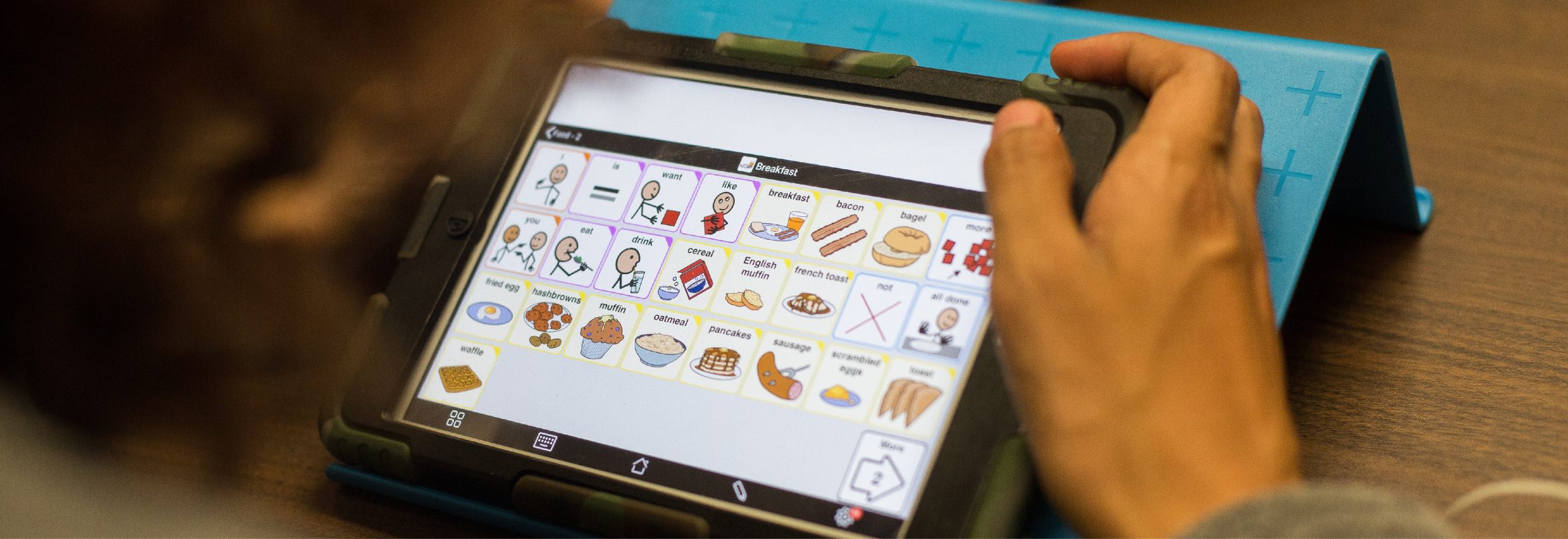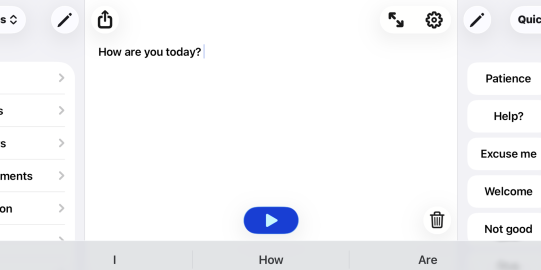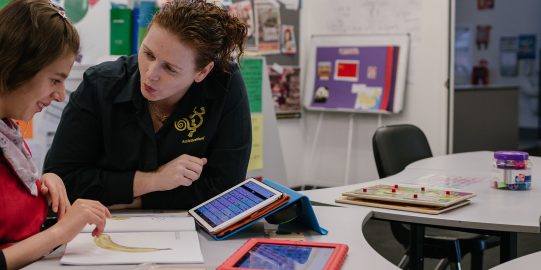During Autism Awareness Month 2012, an exploratory survey on Augmentative and Alternative Communication (AAC) and iPads, iPod touches and iPhones was distributed as part of research collaboration between AssistiveWare and professors from the University of San Diego and the California State University at San Marcos.
In this blog post we provide an overview of the key facts and findings of the survey that among others revealed that in the opinion of respondents, Proloquo2Go and other full-featured AAC Apps together with Apple’s iPad, iPhone and iPod touch can deliver an AAC solution that supports considerable improvements in key areas such as independence, behavior, interaction with others and learning.
About the survey
Topic of the survey: Augmentative and Alternative Communication (AAC) and iPads, iPod touches and iPhones
Why was the survey conducted?: This initial exploratory survey was conducted to identify interesting trends about the user community and the benefits of AAC on consumer devices.
Who conducted the survey: The survey is part of research collaboration between AssistiveWare and professors from the University of San Diego and the California State University at San Marcos.
How was the survey distributed: The online survey was distributed through Facebook, Twitter and newsletters targeting users, family members and professionals in the Proloquo2Go and AAC on iOS user communities.
Who responded to the survey: 232 people: 17 AAC Users, 98 family members, caregivers and friends of AAC users, and 117 professionals working with AAC users. All the respondents were people who had previously shown an interest in AAC for iOS devices.
Disclaimer: The survey is of a preliminary, exploratory nature with a relatively small sample size and a “convenience” sample. Nonetheless, a number of patterns emerge across all three groups of respondents providing confidence in emerging trends and support for larger and more in-depth research on this important topic.




